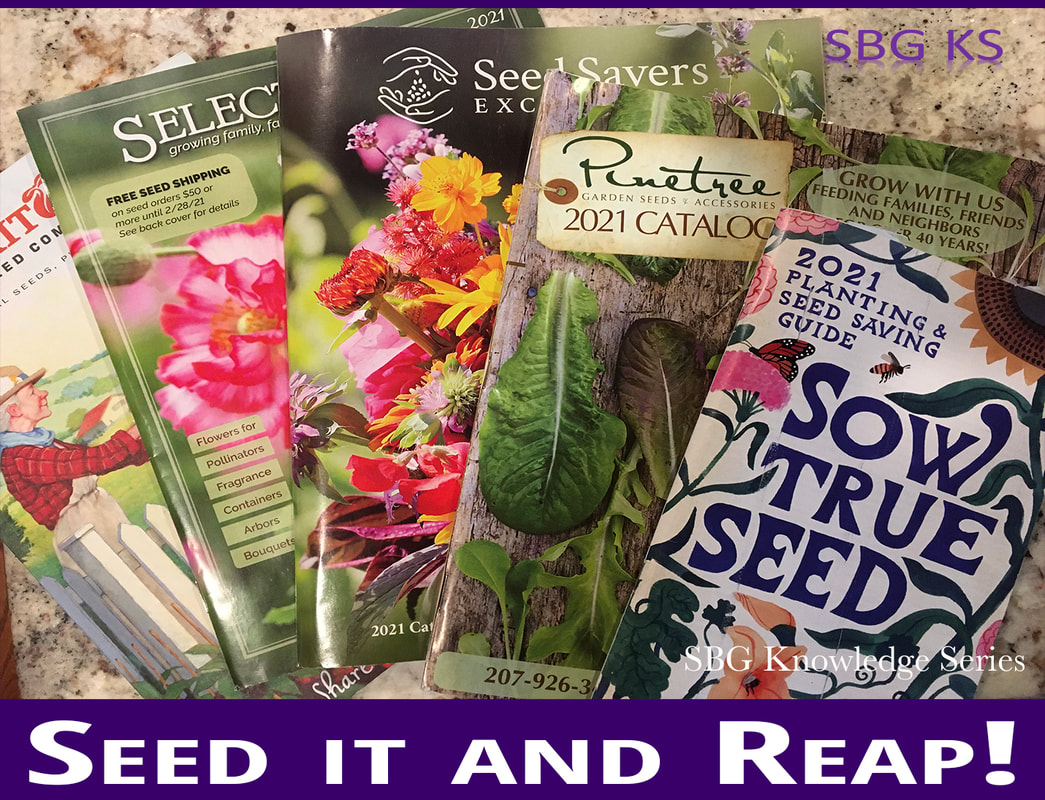For the gardener, it’s the most wonderful time of the year—the time when the avalanche of Sharper Image and LL Bean catalogues in the mailbox are replaced by a treasure trove of seed catalogues.
One can spend many happy hours with the beautiful photos and glowing descriptions (Non-stop blooms! Easy to grow in any climate!), dreaming of spring while curled up in a comfy chair. But how to ultimately choose from the plethora of irresistible offerings?
A picture may be worth a thousand words…but don’t be seduced by gorgeous photos. Read the information—a good seed catalogue is one of the best textbooks you can have.
Choose regionally appropriate plants. Is the plant native to your area? Remember that pollinators have co-evolved with native plants, and rely on them for habitat. Beware ‘wildflower’ or ‘butterfly’ mixes—they may contain a high proportion of non-native flowers, which are of less value for pollinators and may not grow well in your area.
Check the Latin. Botanical names aren’t there to confuse you—just the reverse, in fact! So many plants are known by different common names, it’s easy to wind up with something you didn’t expect. For example: Did you want false indigo, the perennial (Baptisia australis) or false indigo, the small tree (Amorpha fruticosa)?
Where is the seed (or transplant) coming from? Was it grown in an area with conditions similar to yours? Give seeds and plants the best possible start by reducing any shocks to their system and placing them in an area where they can thrive.
Was it cultivated without the use of pesticides? This is an important consideration when gardening for pollinators, as they’re particularly sensitive to pesticides.
Whether you’re adding one or two plants to your collection, or starting from scratch, these guidelines will help keep your feet planted on the ground—as you create your perfect spring garden!
Author
Lisa Schneider


 RSS Feed
RSS Feed